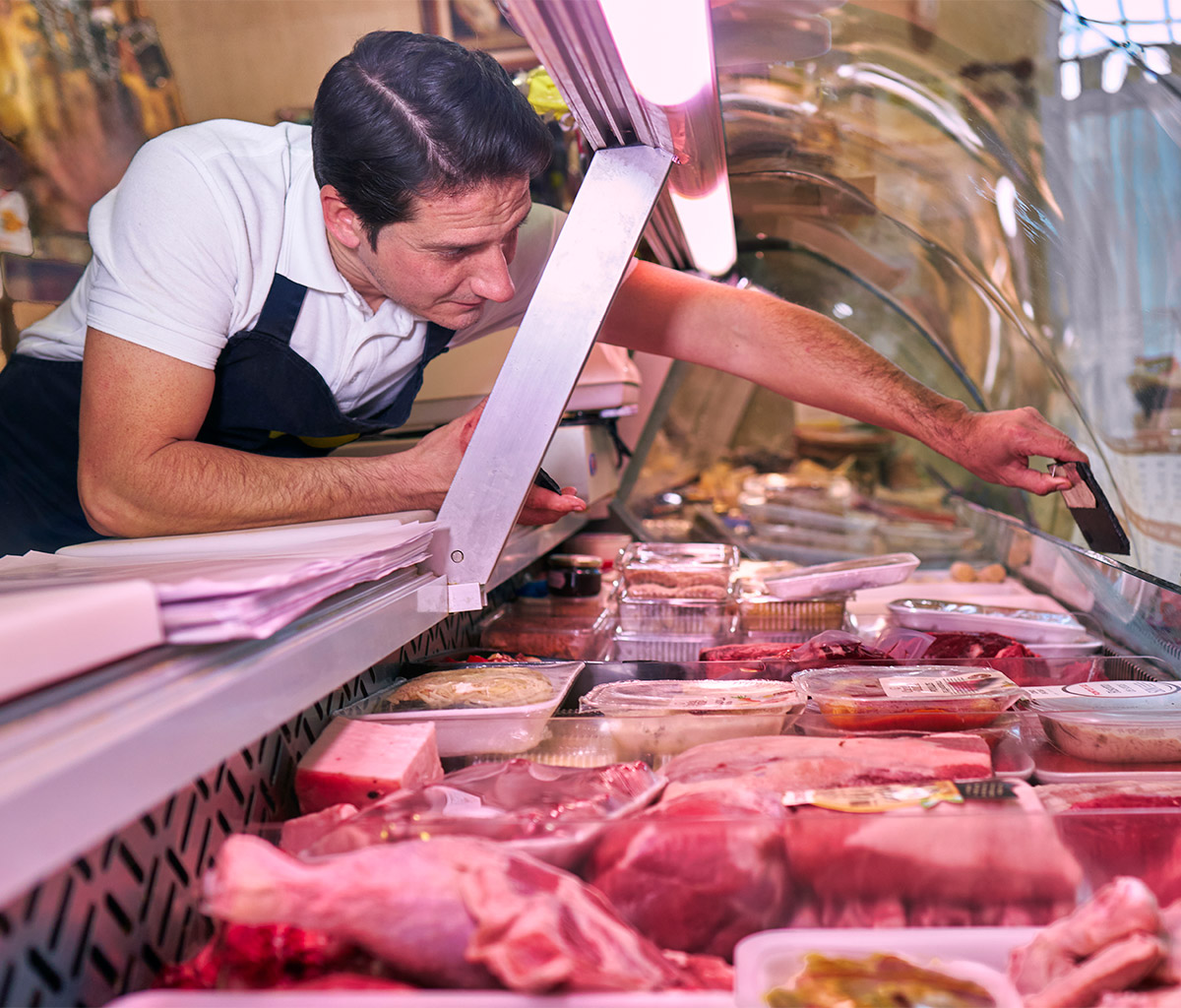Financing butchers’ equipment involves securing funds to purchase or lease the specialised tools and machinery needed for a butcher shop. This can include everything from basic hand tools to advanced meat processing machines. Here’s a detailed overview of how to approach financing for butchers’ equipment Financing butchers’ equipment is a strategic decision that can help improve your shop’s efficiency and product quality. Carefully evaluate all options and choose the one that best aligns with your financial situation and long-term business goals.
Key Types of Butchers Equipment Finance
Rental / Operating Lease
Ideal for cleaning equipment that may need frequent upgrades due to wear and tear or technological advancements. The lessor retains ownership, and the lessee pays a rental fee. This is the most flexible finance facility and at the end of the lease term, the business can purchase the equipment, return the equipment, renew the lease, or upgrade to newer models.
Finance Lease
The lessee makes regular instalments with a residual value based on ATO guidelines due as the final payment. The lessee has the option to purchase the equipment at the end of the lease term by paying the residual value.
Chattel Mortgage
In a Chattel Mortgage agreement, the business pays off the equipment in instalments. There is an option to take a balloon at the end of term which will help lower the regular monthly payments. Ownership transfers to the business after the final payment.
Vendor Financing
Some manufacturers or distributors of cleaning equipment offer financing options directly or through partnerships with FInance@work. These programs often feature competitive rates and terms tailored to the specific equipment being purchased.
Managed Services
Instead of purchasing, businesses can opt for a subscription-based model where they pay a recurring fee for access to cleaning machines, software, and support services. This model helps avoid large upfront costs and ensures access to the latest cleaning technology.
Considerations for Butchers’ Equipment Finance
- Cost of Equipment: Understand the total cost, including installation and maintenance.
- Equipment Lifespan: Match the financing term with the expected useful life of the equipment.
- Cash Flow Management: Evaluate how the financing terms will impact your business cash flow.
- Tax Implications: Consider potential tax deductions on interest payments or lease expenses.
- Maintenance and Upgrades: Plan for the possibility of maintenance and upgrading equipment as technology evolves.
Benefits of Financing Butchers’ Equipment
- Preserve Cash Flow: Spread out the cost over time, preserving capital for other operational expenses.
- Access to Modern Tools: Financing allows for acquiring the latest technology, improving efficiency and product quality.
- Tax Benefits: Potential deductions related to financed equipment can reduce taxable income.
- Flexibility: Leasing options provide flexibility to upgrade equipment as needed.
Types of Butchers’ Equipment
- Basic Tools: Knives, cleavers, cutting boards, and sharpening tools.
- Refrigeration: Walk-in coolers, freezers, and display cases.
- Processing Equipment: Meat grinders, slicers, sausage stuffers, and band saws.
- Packaging Equipment: Vacuum sealers, packaging machines, and labeling equipment.
- Sanitation Equipment: Sterilizers, sinks, and cleaning tools.
- Point of Sale (POS) Systems: Cash registers, scales, and barcode scanners.
- Dehydrators
- Meat tumblers / marinators
- Hydraulic or manual meat presses
- Hydraulic meat splitters
- Chillers or blast freezers
- Cold display counters
- Knife sterilizing cabinets (UV or hot water)
- Label printers for compliance / traceability
